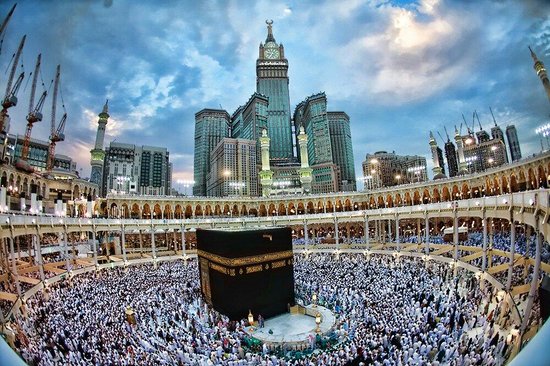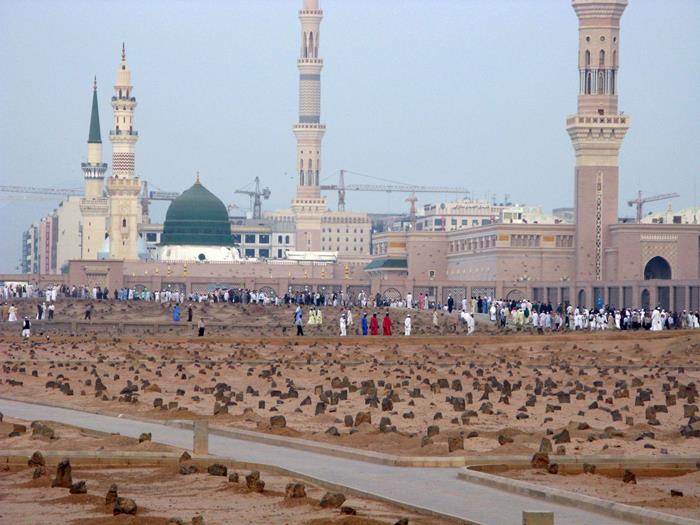
Mina - Hajj 2013
Domestic Haj service companies have urged the Haj Ministry to adopt a series of measures for improving services to domestic pilgrims, including renovation of Mina tents and the early allocation of tents.
“The early handover of tents to companies will help reduce expenses,” said Fadhl bin Mohammed Al-Jahoury, a member of the Coordination Council. The companies urged the ministry to set out a new mechanism to distribute tents, as well as the newly constructed residential towers in Mina.
The ministry was also told to give special considerations to those companies that provide low-cost services to reduce their expenses.
“The existing tents in Mina should be renovated and their air conditioning systems should be changed,” the council said.
The companies complained against the late supply of water in Mina, adding that it was delaying maintenance and the repair of tents and toilets. “We also need separate kitchens,” they added.
They welcomed the mechanism followed by the ministry during the last Haj season, as it allocated tents after taking into consideration the capacities of companies.
They urged the ministry to publish a directory of conditions and instructions to be followed by Haj firms. “It will also enable monitoring committees to assess the performance of companies and prevent negative practices. This directory should include safety requirements set out by the Civil Defense.”
The ministry was also urged to develop its electronic services in order to cover all services, including the renewal of licenses.
Al-Jahoury said the council’s proposals would be presented to Haj Minister Bandar Hajjar shortly to take action. The council recently held a workshop at the Makkah Chamber of Commerce and Industry with the participation of more than 100 officials.
In a previous statement, Hajjar said his ministry has no plan to increase the number of domestic Haj service companies due to the shortage of space in Mina, which can accommodate only 210,000 domestic pilgrims. “We can increase their number only when we have more space in Mina,” he added.
http://www.arabnews.com/news/486686
Mina Fireproof Tents

Fireproof Tents for the Mina Tent City, K.S.A., 1998
For centuries pilgrims converge towards Makkah through the narrow Mina Valley. Their arrival at Mina marks the beginning of the Hajj. Then for a short time the topography of the place is overwhelmed by housing millions of believers. For only three days Mina is the biggest and most impressive tent city of the world.
April 16, 1997 was a terrible day in the history of the Hajj. The huge tented city in Mina, which accommodates hundreds of thousands of pilgrims, was shaken by an explosion. Shortly after the midday prayer gas bottles exploded in the scorching heat. Strong winds carried the flames through the camp, and 30,000 tents caught fire. Panic broke out among the pilgrims. Hundreds died, thousands were injured. As some two million believers were expected for the spring of 1998, and since the host country of Saudi Arabia is responsible for the security of the holy places, a solution had to be found as quickly as possible to prevent such disasters from ever happening again.
With its proposal to build new, incombustible tents, SL Rasch prevailed over other suggestions from all over the world and was commissioned to realize the project. The considerable experience in the use of membranes for construction and decades of intensive, research on the critical problems facing the Hajj, enabled the team to develop fireproof tents that are in conformity with traditional pilgrims’ tents. In this way the most modern art of engineering converged in harmony with traditional architecture.
Description
In reference to the traditional Hajj tent and to satisfy the needs of pilgrims’ families and groups, twelve different types of tents were designed, based on the 4 x 4 m module. The typical pointed shape was retained, but received a protected ventilation opening around the top of the mast. In not more than seven months the first 10,000 tents for 500,000 people were produced and built on a new town plan.
To handle this task, new factories had to be built, to produce the necessary amount of Teflon coated glass fiber fabric, in patterns as prescribed by SL Rasch. A total of 40,000 new, fireproof tents were built. The tents’ module was a square of 8 x 8 meters. Steel frames fixed to concrete foundations support the membrane walls and the roof, which is suspended from a mast in the center.
Wiring for the illumination of the tents passes through the tubes of the structure. In addition to natural ventilation a desert cooler mounted on the roof edge supplies air conditioning for each tent. The 8 x 8 m tents can be subdivided by canvas into 4 x 4 m spaces. Several tents can be combined to larger units. Walls can be rolled up for better ventilation. When the pilgrims have left, the tent walls are rolled up and carefully stored under the tent roofs. This way the tent city of Muna has become a permanent installation. But the chosen form keeps the Hajj-tradition and safeguards a very old man-made landscape. In recent time plans for two-floor tents are being developed, to accommodate ever increasing crowds of pilgrims safely and comfortably, but without destroying the character of the valley and the tent city.
http://www.sl-rasch.de/p_175.html























































